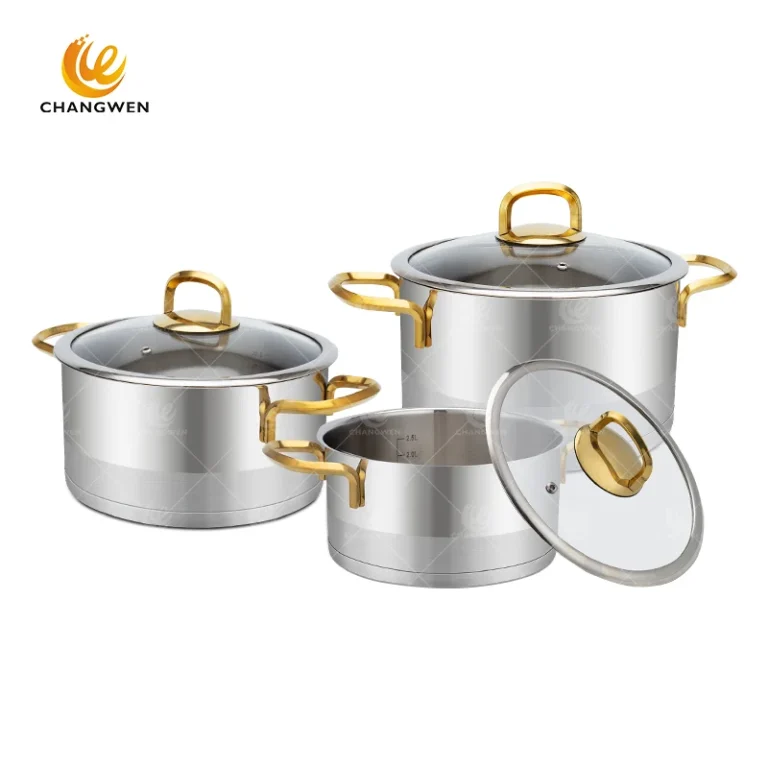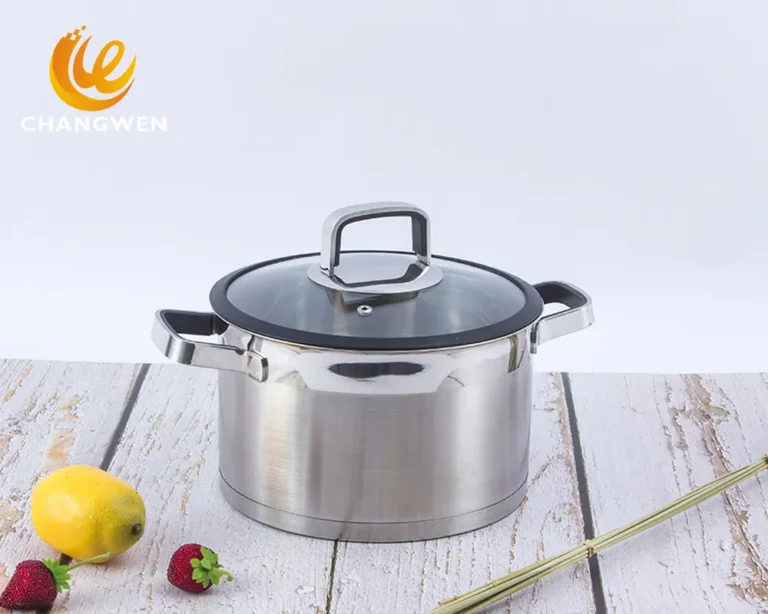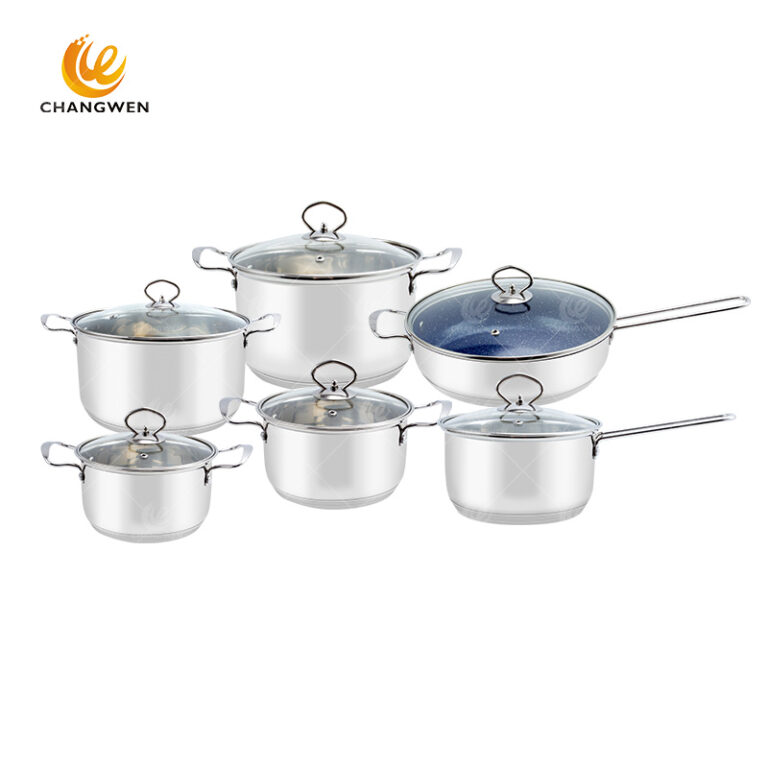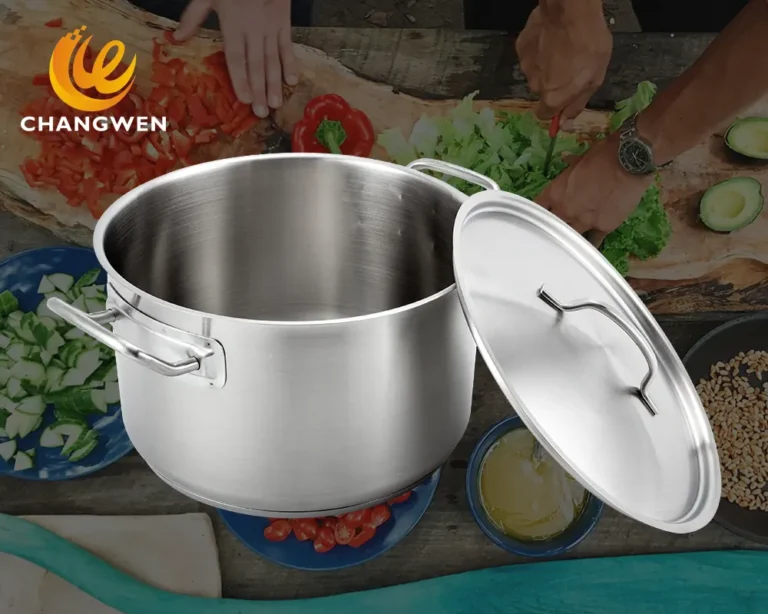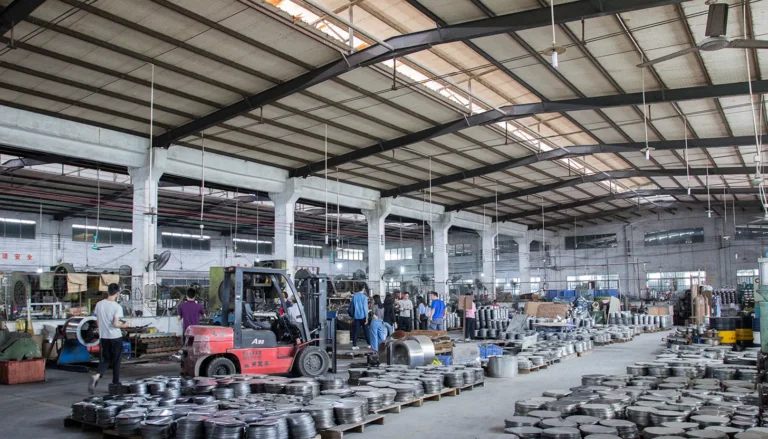Table of Contents
When it comes to equipping your kitchen with the right cookware, the material makes all the difference. Among the myriad options available, glass and stainless steel pots stand out for their unique properties. Both have their devoted fans and skeptical critics. In this article, we’ll explore the advantages and pitfalls of each, helping you to make an informed decision for your culinary needs.
Glass Cookware: The Clear Contender
Glass cookware, often celebrated for its elegance and practicality, has become exceedingly popular among those who value aesthetic and health-conscious kitchenware. Here’s what you need to know about glass pots:
Advantages of Glass Cookware
Transparency: Perhaps the most obvious benefit, the transparency of glass allows chefs to keep an eye on their dishes without lifting the lid, preserving heat and flavors in the process.
Non-Reactivity: Glass is a chemically inert material—no need to worry about it reacting with acidic or alkaline ingredients, leaving the taste of your food untainted.
Health Factor: Glass pots are free from harmful chemicals found in some other materials, making them a preferred choice for health-conscious consumers.
Heat Retention: Once heated, glass holds its temperature effectively, ensuring your dish stays warm at the table.
Versatility: Many glass pots are oven and microwave safe, broadening the scope of culinary possibilities.
Disadvantages of Glass Cookware
Heat Conductivity: Glass does not conduct heat as well as metals, leading to slower cook times and potentially less even heat distribution.
Fragility: Durability is a concern—glass cookware can chip, crack, or shatter if mishandled or subjected to thermal shock.
Weight: Glass pots tend to be heavier than their metal counterparts, which can make handling and storage more challenging.
Stainless Steel Pots: The Shining Workhorse
Stainless steel pots are revered for their resilience and versatility, often seen as the go-to option for professional kitchens. Let’s dive into their pros and cons:
Advantages of Stainless Steel Cookware
Durability: Sturdy and resistant to damage, stainless steel pots can endure drops and heavy use without denting or warping.
Compatibility: These pots are suitable for any stovetop, including induction, and are generally oven safe, making them a versatile ally in the kitchen.
Even Cooking: Many stainless steel pots come with an aluminum or copper core that enhances heat distribution, for more consistent cooking results.
Ease of Maintenance: Resistant to rust and staining, stainless steel is a breeze to clean and maintain, often retaining its luster for years.
Lightweight: Compared to glass, stainless steel offers a lighter alternative that’s easier to handle during busy cooking sessions.
Disadvantages of Stainless Steel Cookware
Visibility: The opaque nature of stainless steel means you can’t watch your food as it cooks without opening the lid.Hot Spots: If not constructed with a quality base or core, stainless steel can have hot spots that cause uneven cooking.
Price: High-quality stainless steel pots with enhanced features can be more expensive than glass options.
The Verdict
Both glass and stainless steel have their place in a well-stocked kitchen. Glass offers visibility and non-reactive surfaces but requires gentler treatment and tolerance for slower heating. Stainless steel boasts durability and versatility, performing robustly on a variety of heating sources with better conductivity.
Ultimately
The choice between glass and stainless steel cookware will depend on the user’s personal preferences, cooking style, and priorities, whether they be monitoring their culinary creations with ease, enduring long-lasting toughness, or ensuring a clean health profile in their cookware. Why not have a mix of both and enjoy the best of both worlds in your cooking adventures?


